Photographs: Pawan Kumar/Reuters Divya Nair
The year 2012 saw some interesting breakthroughs in the field of education for Indian students. While some brought joy, others spelt confusion and further added to their woes. We explore...
It would be difficult for most of us to believe this, but exams like the GATE and IBPS were the most searched keywords on Google this year.
With various public sector enterprises considering the scores of the Graduate Aptitude Test in Engineering for recruitment, the exam's popularity has increased tremendously.
On November 15, 2012, union finance minister P Chidambaram had announced that public sector banks and financial institutions will hire about 63,000 personnel comprising officers and clerks, which added to the importance of the Common Written Examination held by the Institute of Banking Personnel Selection (IBPS).
In 2012, the education sector clearly emerged as a frontrunner with frequent new announcements that made national headlines besides being the topic of discussion among students, teachers and parents across the country.
As the year comes to a close, we look at the news that brought both cheers and tears.
Reader Invite: Dear Readers, which of these announcements affected you the most in 2012? Share your experience with us and post your views in the message board below.
Please click NEXT to continue reading...
Indian engineers not ready for employment
Photographs: Reuters
The year almost began with this bad news.
In February 2012, the national employability report compiled by Aspiring Minds, an employee assessment service provider revealed that over 82 per cent of technical graduates in the country are not ready for employment.
The survey conducted among students across 250 engineering colleges who graduated in 2011 from various parts of the country noted that among the 5 lakh engineers, only 17.45 per cent are employable.
It also stated that over 25 to 35 per cent of these engineers are unable to comprehend in English, which includes their day-to-day conversation and academic lectures, affecting the overall delivery of knowledge.
It was further revealed in the employability report that there are considerably more number of male students pursuing engineering and that the ratio of male-to-female engineers (1.96), is much lower than that of other countries, such as United States of America (4.61).
ALSO READ: SHOCKING! Over 82% Indian IT engineers unemployable
Right to Education got stronger
Image: Two girls walk to school in a Kerala villagePhotographs: Arko Datta/Reuters
The Right to Education Act (RTE) was passed in India in 2009, but it only got stronger in 2012.
In a record judgement passed in April 2012, the apex court upheld the constitutional validity of the Right to Information Act and directed all schools, including privately-run schools, irrespective of the board they are affiliated to, to admit from this academic year (2012-13) at least 25 per cent students from socially and economically backward families.
These students will be guaranteed free education from class I till they reach the age of 14.
While passing the judgment, Justice KS Radhakrishnan said: "By judicial decisions, right to education has been read into right to life in Article 21.
A child who is denied right to access education is not only deprived of his right to live with dignity, he is also deprived of his right to freedom of speech and expression enshrined in Article 19(1) (a).
The 2009 Act seeks to remove all those barriers including financial and psychological barriers which a child belonging to the weaker section and disadvantaged group has to face while seeking admission."
ALSO READ: Bring kids of migrant labourers, scavengers under RTE: NAC
Students disapprove new IIT-JEE exam
Image: Students from Indian Institute of Technology-Delhi express their disapproval over the proposed new examPhotographs: Courtesy IITians.org
All these years, the IIT-Joint Entrance Exam was considered an important criterion for admission to the prestigious Indian Institutes of Technology.
At the same time, other exams like the AIEEE and state-sponsored CETs continued to exist thus nudging students to prepare for multiple entrance exams.
In February 2012, when former minister of Human Resource Development Kapil Sibal proposed a new exam to scrap all other engineering entrances and replace the existing IIT-JEE with a nationwide exam, IITians, faculty members and students came out in large numbers to express their discontent.
The idea of having a single entrance exam and attaching importance to board exam scores for admission to the IITs was not acceptable to them because the proposed new exam did not specify the modalities of normalisation of different board exam scores.
After months of disagreements and discussions with IIT faculty members and academia, it was eventually decided in June 2012, that the exam will be implemented 2013 onwards.
The new exam -- Indian Science Engineering Eligibility Test (ISEET) which comprises JEE Mains and Advanced will test class 12 students for their comprehension, logical and critical reasoning skills.
Medical aspirants asked to return after international studies
Photographs: Courtesy Careers360
April 2012 brought some more bad news for medical aspirants.
Union health minister Ghulam Nabi Azad announced that any Indian student going to the US for further medical studies will have to first sign a bond guaranteeing that s/he will return to India after completing his/her studies.
Indian students who do not follow the rule will not be allowed to practice in the US, he'd stated.
The announcement was made in the wake of a report which revealed that between 2009 and 2011, 3,000 doctors who went abroad to study did not return to India.
The minister said he was merely trying to persuade doctors from leaving the country on the pretext of higher studies and eventually settling down there.
Indian students who found international education relatively expensive expressed discontent fearing they wont get good returns on their investment if they practised in India.
ALSO READ: 'Asking Indian docs to return after higher studies unfair'
GMAT introduces a new section
Photographs: Courtesy Pagalguy.com
The GMAT is an important exam for MBA aspirants planning to study abroad.
In fact some of the Indian Institutes of Management, the Indian School of Business, Hyderabad, S P Jain Institute of Management and Research, Mumbai and XLRI, Jamshedpur also accept GMAT scores for admission in India.In June 2012, the Graduate Management Admission Test saw the inclusion of a new section-- Integrated Reasoning.
As mentioned on the GMAC (official body that administers the GMAT) site, the new section expects candidates "to interpret data presented graphically, analyze different types of information, and evaluate outcomes."
The new section replaced one of the AWA essays, which meant that candidates will have to write only one essay instead of two.
The essay will take 30 minutes instead of 1 hour, while the Integrated Reasoning will take 30 minutes.
Indian students in the US drop
Photographs: Courtesy Careers360
Although 2012 saw an overall increase in the number of international students in the US, for the second successive year, the number of Indian students studying in the US dropped by a small percentage.
The annual Open Doors survey of international students in US released in November 2012 reported a 3.5 per cent drop in the number of Indian students studying in the country.
The number of students studying in the US had dropped from 1,05,000 in 2009 to 1,00,270 in 2011-12.
With a 23 per cent increase from its 2009 figures, Chinese students emerged as the largest population among international students in the United States, followed by Indian students comprising the second largest population.
Australia rejects Indian students
Image: Australia, a major tourist destination rejected over 50 per cent visas from Indian studentsPhotographs: Wikimedia Commons
Over the last few years, Australia has become a relatively tough country to get into, especially for international studies.
Thanks to their stringent visa conditions and safety concerns, over 50 per cent visas of Indian students were rejected in 2012.
A study by the Australian Council for Educational Research recorded a rise in the number of visa applications from India from 4026 in 2009 to 7716 in 2011.
However, the approved number of student visas fell from 34,200 in 2007-08 to 9,750 in 2011-12.
New medical entrance exam worries students
Photographs: Rohit Gautam/Careers360
December 2012 marked the debut of a new entrance test that aims to replace the various state level entrance exams for medical courses at the post graduate level.
The National Eligibility-cum-Entrance Test (NEET) -- now a national level exam, is a must for post-graduate medical aspirants.
However, a lot of institutes who are in favour of the state sponsored Common Entrance Tests (CET) have challenged the central government and are awaiting the impending Supreme Court decision due for hearing on January 15, 16, and 17, 2013.
Amidst much chaos where students from various states complained about the lack of co-ordination between the state and central government, around 95,000 students registered for the first ever national level test this year.
The exam was conducted online between November 23 and December 6, 2012 across 50 centres in 33 cities.State board emphasises practical education
Photographs: Reuters
The Maharashtra State Board of Secondary and Higher Secondary Education implemented the State Curriculum Framework (SCF) for classes 9 and 11 starting this academic year.
According to the SCF, it will be mandatory for students to score a minimum of 25 per cent marks in theory and 10 per cent in practicals. Students who do not fulfil the minimum criteria will be declared failed.
Mathematics (comprising algebra and geometry) will be a 100-mark paper instead of 150 marks.
The above norms will apply for class 10 and 12 boards from the 2013-14 academic year.Music and dance to be a part of school curriculum
Image: Students perform classical dancePhotographs: Paresh Gandhi/Rediff.com
With the aim to promote performing and cultural arts at an early stage, on December 19, 2012, the National Curriculum Framework (NCF)-2005 recommended that Arts Education and Heritage Crafts be included in the CBSE school curriculum.
The National Council of Educational Research and Training (NCERT) has developed syllabi in the areas of Arts, Music and Theatre for classes I to XII, which will incorporate various components including classical music and will be implemented soon.
The Central Board of Secondary Education (CBSE) will soon be seen offering Music/Dance/Indian Traditional Dance Drama as electives at the Senior Secondary level.
Looking back, the year 2012 has been quite a turbulent one for all.
Let's hope the New Year focuses on improving the quality of our education and present alternative and sustainable solutions to better the employability of the youth.
Reader Invite: Dear Readers, which of these announcements affected you the most in 2012? Share your experience with us and post your views in the message board below.


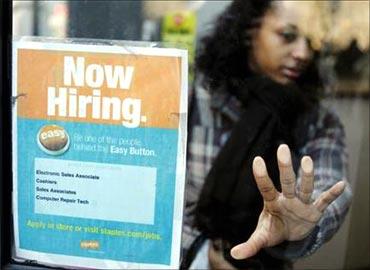

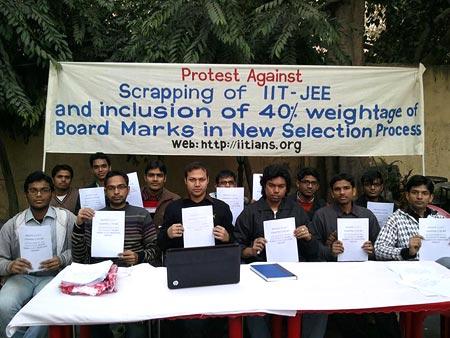
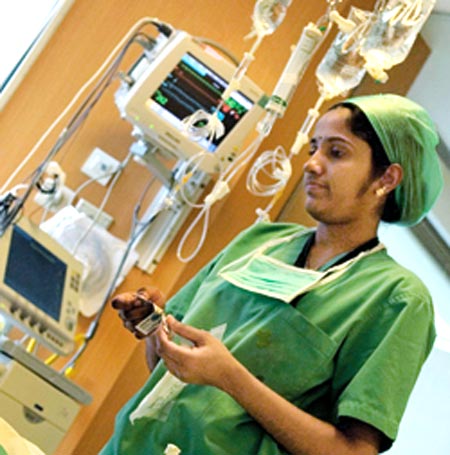
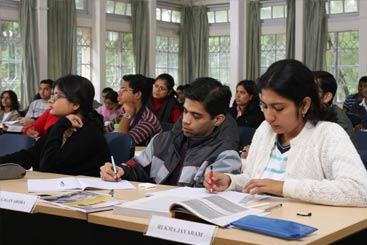



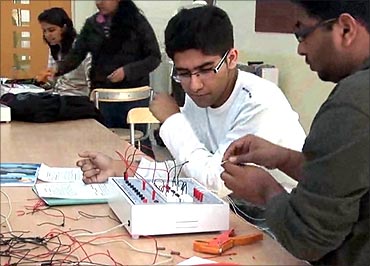
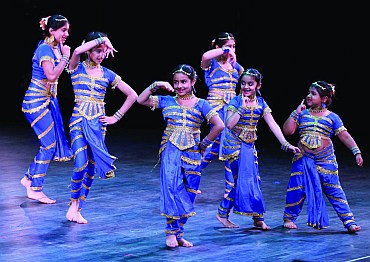
Comment
article